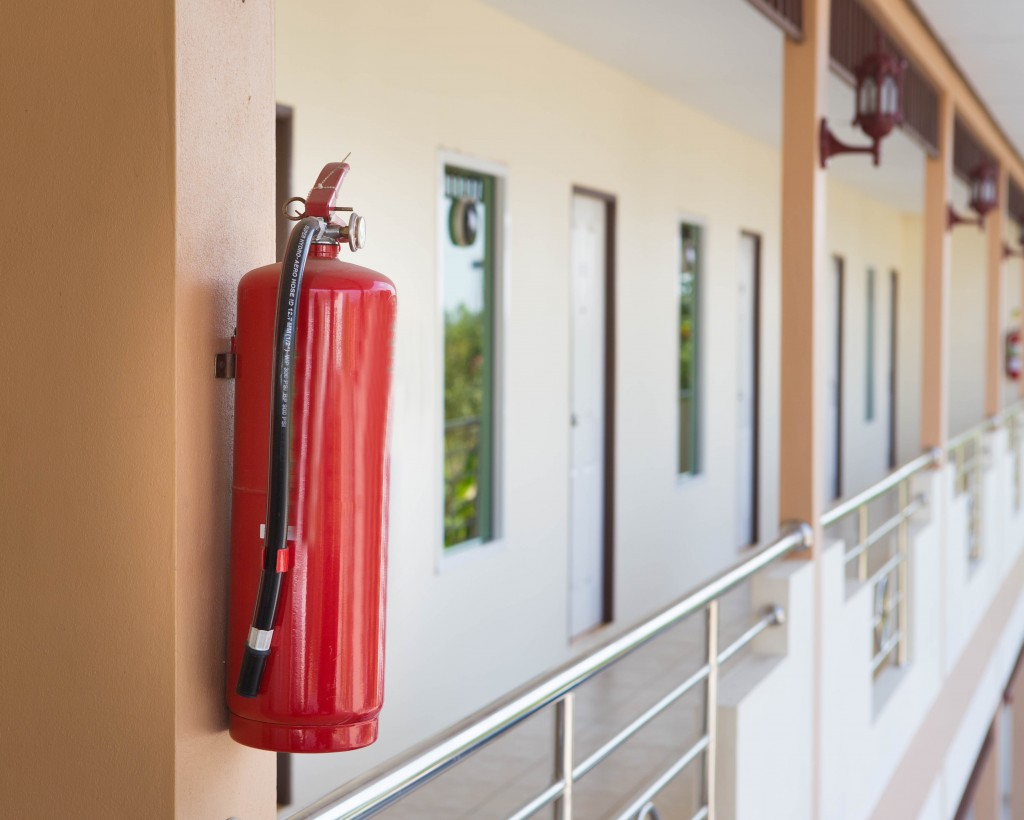In the early morning of June 2017, a fire broke out in one of the flats in West London. Smoke and flames engulfed the building hard that it took over 50 hours for firefighters to extinguish them. Worse, it left 72 people dead and more than 60 injured.
The tragedy in Grenfell Tower opened the discussion on fire safety in the UK, especially among businesses. Because of this, more companies revisited their standards and practices. They learned to invest in better fire safety signs in the UK and checked—and modified—their cladding.
Even then, there’s still much debate on how safe these places are. This concern is particularly serious in healthcare facilities, where some of the most vulnerable people stay. These include the severely ill, children, pregnant mothers, and physically and mentally challenged individuals.
How Safe Are Hospitals and Healthcare Facilities in the UK?
In an Allegion UK survey participated by over 500 decisionmakers, almost 50% of them said that they didn’t trust their facility’s fire safety standards. About one in every five of them believed that they were already compromised.
Nearly one-fifth of them claimed that they experienced at least one fire over the last three years. Around 65% revealed that they saw fire doors open. These doors should be closed at all times since they’re supposed to delay fire from getting inside rooms or building.
Meanwhile, a report on emergency preparedness by the NHS London showed that at least five significant fires involving hospitals occurred from 2008 to 2009. These incidents led to different types of evacuation, from service diversion to partial and complete evacuation.
Fires in hospitals or other healthcare facilities can occur for many reasons. These can range from the type of cladding used to smoking and exposure to chemicals. What makes these incidents even more dangerous are the following:
- Many hospitals are large and have many intricate hallways.
- These facilities are usually full of people.
- It takes some time for personnel to evacuate vulnerable individuals, especially severely ill patients.
- Some UK roads are tight, making it harder for firefighters to get in.
- Not all hospitals follow safety standards. For example, fire doors may still be narrow that staff cannot wheel beds properly.
How to Safeguard Healthcare Facilities Against Fire
The basics, such as putting up clear and readable fire exit signs in the UK, extinguishers, and fire exits and doors, work effectively. But these facilities can do more. The NHS London report highlighted some of these:
- Communication is vital in every emergency preparedness plan. One of the strategies healthcare facilities can implement is using a handheld radio system. Sometimes the telephone or even mobile network in the area becomes inaccessible.
- Facilities may need to perform fire drills regularly. They may also need to identify, assess, and simulate worst-case scenarios. These include the steps they have to undertake during partial or complete evacuation.
- It may not be enough for these facilities to have shelter sites. These areas also need constant maintenance and assessment to ensure these are reliable at all times.
- Staff training may also need to be frequent. Facilities may also have to upgrade the skills and preparedness of their personnel in every session. They can do this when they also conduct research and update themselves on the latest safety standards and practices. These may be the ones followed not only in the UK but also in other countries.
For most people, hospitals and other healthcare facilities are a sanctuary. These places, therefore, should strive to keep their patients and loved ones feel safe at all times.


